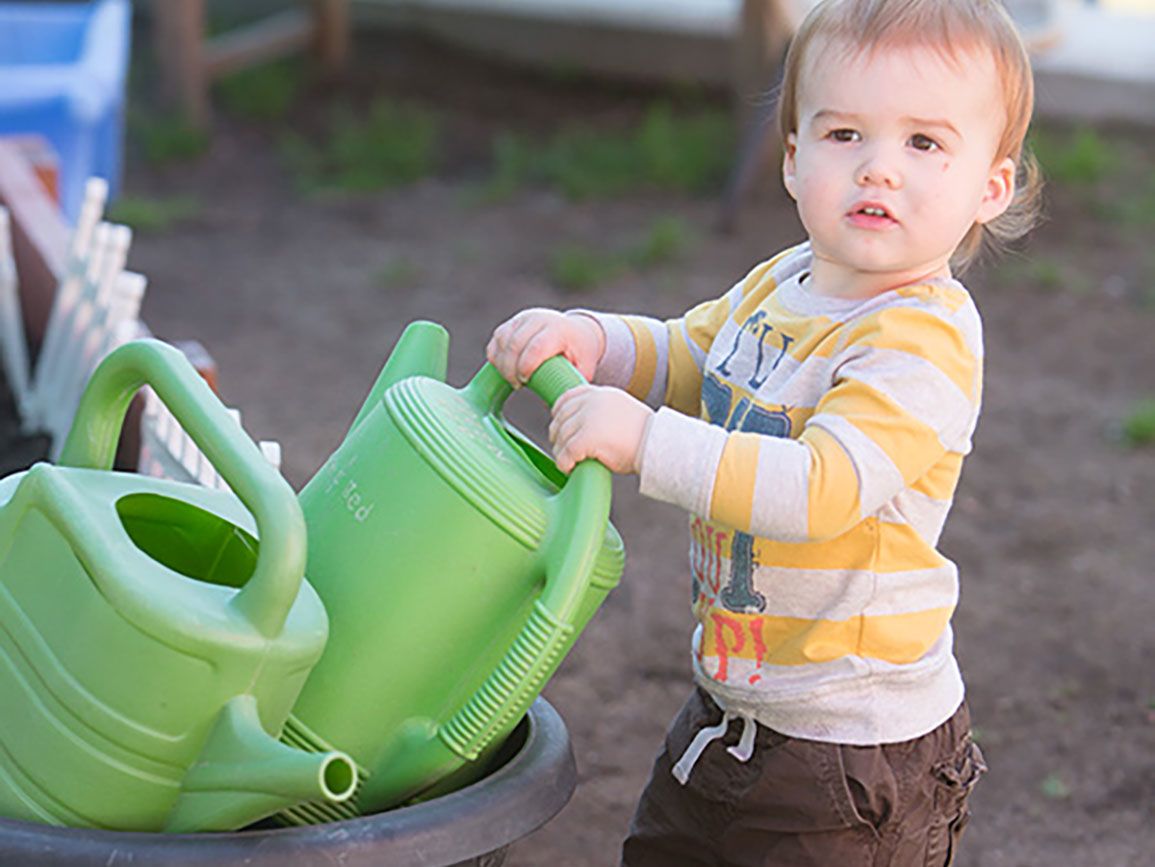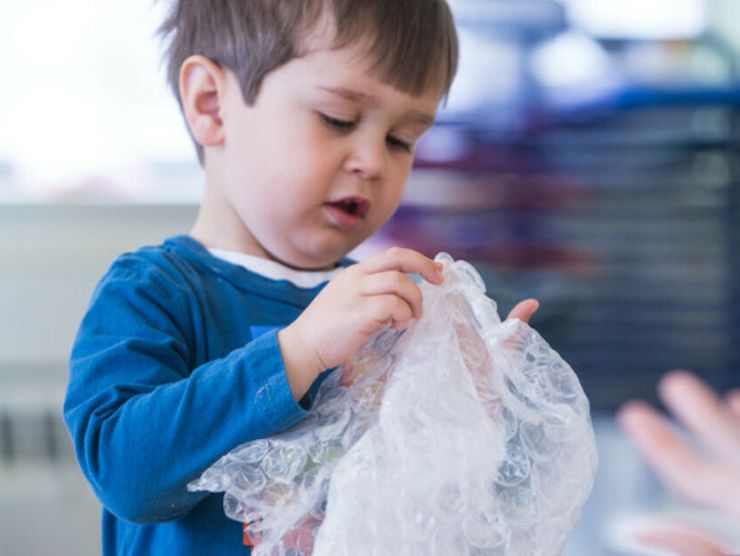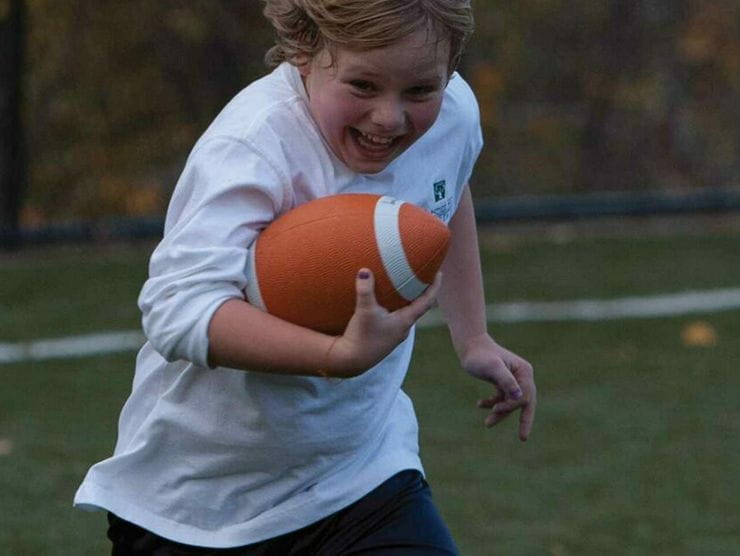Numerous studies point to the benefits of spending time in nature. Regular nature exposure reduces stress, increases physical and emotional well-being, and can even contribute to the development of empathy. In the natural world, children can take risks and freely explore. They discover their physical limitations and potential. They learn to slow down and observe the world, taking note of patterns and changes — an important precursor to using the scientific method.
Urban areas present unique nature opportunities for families, such as mature landscaping, established parks, and community programs. Consider the following ideas:
- Find the hidden nature. Children are adept at finding nature in unexpected places. From the plants growing in sidewalk cracks to the bugs under rocks, take a cue from your child and challenge yourself to discover hidden beauty.
- Adopt a tree. Even neighborhoods in the heart of the city have a few trees. Adopt one as your family tree and observe it as the seasons change. What birds and animals frequent it? What color are its leaves in the spring, summer, or fall? How much does it seem to grow in a year?
- Keep a calendar of firsts. Notice and record seasonal changes in your neighborhood: the first fall leaf, the first snowfall, the first bird in spring, or the first blade of green grass. If you keep recordings over several years, you’ll discover consistent patterns.
- Observe weather and astronomical changes. We tend to think of nature from a life science perspective, but don’t forget the atmosphere we live in. Observe weather phenomenon and pay attention to the lunar cycle. Record daily temperatures or use a rain gauge to collect rain. Take note of the average time the sun rises and sets during various times of the year.
- Take part in a bird count. Even the most urban areas are usually home to some birds. Get a guidebook or download an app to identify them. Then join the annual Audubon Bird count, which takes place each February, to track the birds living in your area.
- Bring nature indoors. Bringing natural materials such as leaves, shells, or smooth sticks and stones indoors can offer a soothing sensory experience for young children. Designate a shelf as the nature corner. Add a few picture books on birds, plants, or animals.
- Take daily walks. A daily outing to a nearby park, stream, or open space can take the place of a backyard. Even a quick walk around the block gives children needed outdoor time.
- Keep a nature journal. Many naturalists, such as John Muir and Henry David Thoreau, kept nature journals, special books where they recorded their observations of the natural world. Don’t worry about your artistic ability. The point of a nature journal isn’t to draw pretty pictures, but to slow down, really see the natural world, and document it. Take a notebook or clipboard and some colored pencils with you on a walk. Find one plant, insect, or tree and carefully study it. Draw what you see, adding the date, and a few written notes. Young children’s drawings will likely be very simple, but they’ll become more detailed with time.
- Plant a container garden. Container gardens need minimal space and are suitable for rooftops, balconies, and small patio areas. Use potting soil designed for pots (not garden soil), and choose compact plant varieties, such as herbs, leafy greens, determinate tomatoes, carrots, or radishes.
- Join a nature group. Family nature and hiking groups are available in many cities. These groups are usually led by an experienced guide and offer a safe, educational vehicle to learn about nature while making friends.
The natural world offers several types of learning experiences for children. From unstructured play to large body movement to quiet observation and contemplation, children need exposure to nature every day. It doesn’t have to be complicated, expensive, or time consuming. Start by observing the nature in your area.
Bright Horizons Podcast Episode: Learning Starts Outside
Outdoor play and learning go hand-in-hand — learn how, from our early childhood experts Rachel Robertson, education and development vice president, and Ruth Fidino, senior education advisor. They’ll discuss how to boost traditional math, science, and language skills with outdoor activities and build a foundation for lifelong learning.
Bright Horizons “Teach. Play. Love. Parenting Advice for the Early Years.” podcast is on Spotify. Subscribe on Spotify, Apple Podcasts, or your favorite podcast source.





